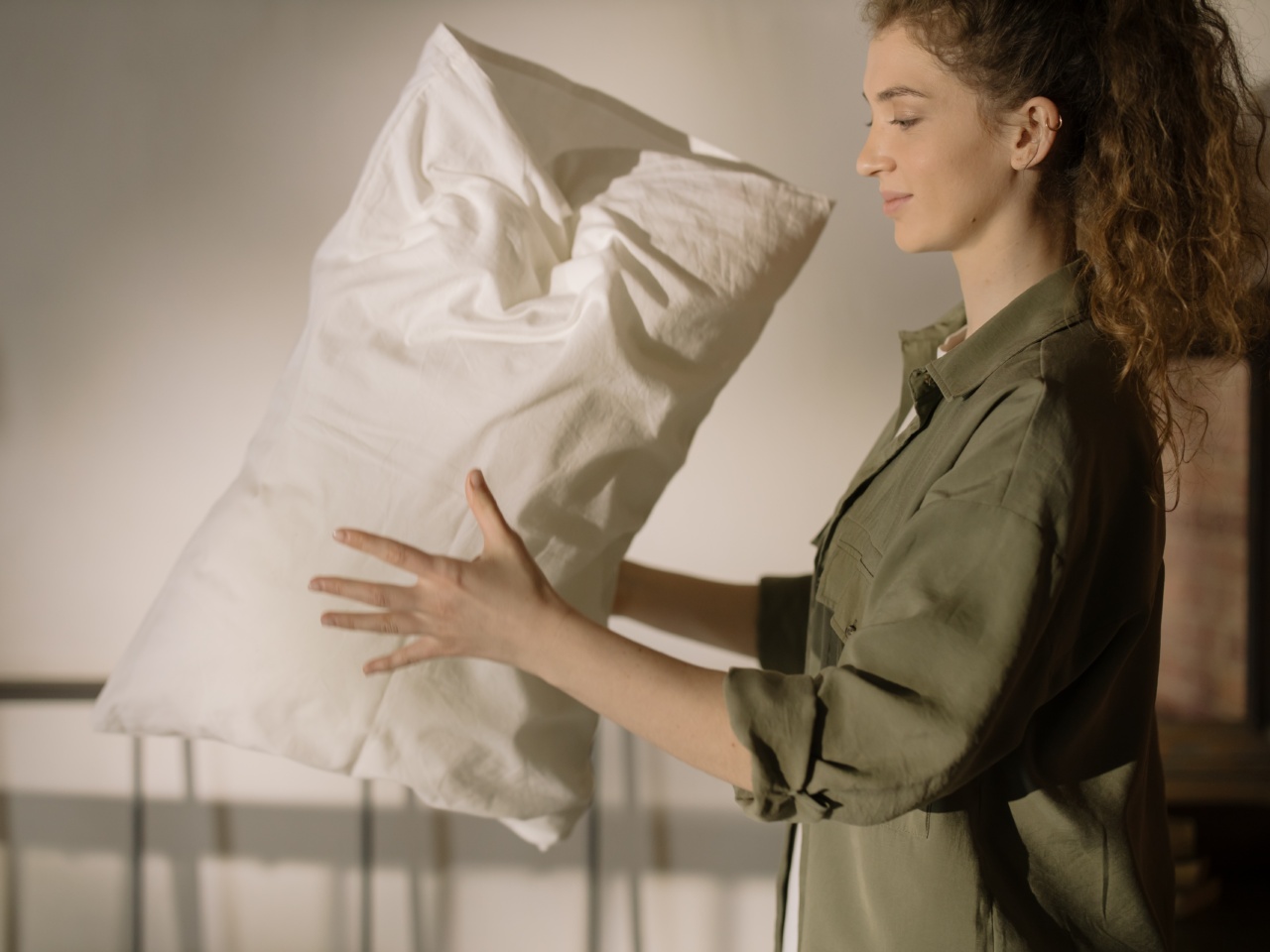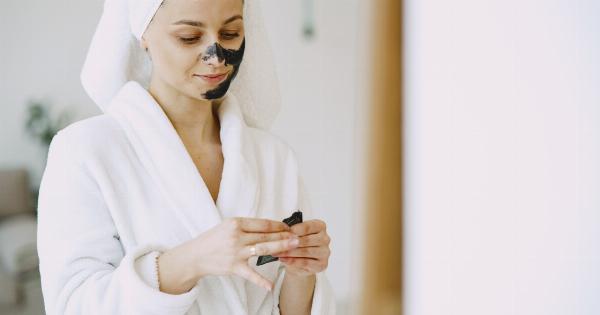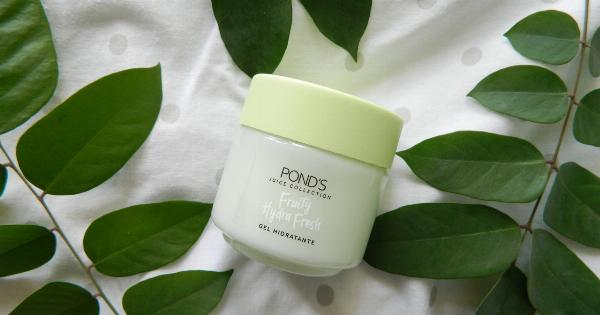Dealing with pimples can be a frustrating experience for many people. These pesky breakouts can not only affect our confidence but also impact our overall appearance.
While there are numerous skincare products available in the market to fight pimples, not many people realize that the culprit behind their skin problems might just be lying on their pillows. Yes, you read that right – your pillowcase could be contributing to those stubborn pimples.
The Connection between Pillowcases and Pimples
Have you ever wondered why some individuals seem to be plagued with relentless breakouts while others have clear, blemish-free skin? The answer could very well be hiding in their bed linen.
Pillowcases, in particular, can harbor a significant amount of dirt, oil, dead skin cells, and bacteria over time. When you sleep, all of these particles come into contact with your face, clogging pores and leading to pimple formation.
Here’s how it happens:.
1. Oil Build-up
Throughout the day, your skin secretes sebum, a natural oil produced by the sebaceous glands. This oil helps to keep your skin moisturized and protected.
However, when sebum mixes with dirt and dead skin cells on your face, it can create a breeding ground for bacteria. As you toss and turn during sleep, these oily substances transfer onto your pillowcase.
2. Accumulated Bacteria
Bacteria naturally live on our skin and are usually harmless. However, certain strains of bacteria, like the acne-causing Propionibacterium acnes, thrive in oily environments.
When you sleep on a dirty pillowcase, bacteria can multiply and migrate onto your face as you rest, increasing the chances of developing pimples.
3. Irritation and Inflammation
Dirty pillowcases can also cause irritation and inflammation on the skin. The accumulated dirt and bacteria can enter your pores, leading to redness, swelling, and discomfort.
This can exacerbate existing acne and make it more difficult to achieve clear skin.
The Importance of Clean Pillowcases
Cleaning your pillowcases regularly can significantly reduce the potential for pimple breakouts. By taking this simple step, you can create a cleaner sleep environment and promote healthier skin. Here’s why clean pillowcases matter:.
1. Eliminates Excess Oil and Dirt
Washing your pillowcases removes the built-up oil, dirt, dead skin cells, and bacteria that accumulate over time. By eliminating these impurities, you reduce the chances of clogged pores, resulting in fewer pimples.
2. Reduces Bacterial Growth
Regularly washing your pillowcases disrupts the breeding cycle of bacteria. With clean bedding, you minimize the transfer of bacteria onto your skin, reducing the risk of pimple-causing bacteria infiltrating your pores.
3. Prevents Skin Irritation
By sleeping on clean pillowcases, you avoid the potential irritation caused by residual dirt and bacteria.
Clean bedding helps to maintain the skin’s natural balance and minimize inflammation, allowing your skin to heal and recover more effectively.
Tips for Maintaining Clean Pillowcases
Now that you understand the significance of clean pillowcases for combatting pimples, here are some helpful tips to keep your bedding fresh and your skin clear:.
1. Wash Them Regularly
Make it a habit to wash your pillowcases at least once a week. Using a mild detergent, wash them in hot water to kill bacteria effectively.
If you are prone to acne, consider washing them every few days or investing in additional pillowcases to rotate regularly.
2. Avoid Harsh Chemicals
When washing your pillowcases, opt for fragrance-free and hypoallergenic detergents. Harsh chemicals, perfumes, and dyes can irritate the skin, causing more harm than good.
3. Change Pillowcases Regularly
If you are struggling with persistent acne, changing your pillowcases every 2-3 days can provide even better results. This way, you ensure that you are always sleeping on a fresh, clean surface that won’t contribute to pimple formation.
4. Try Silk Pillowcases
Silk pillowcases are known for their smooth texture, which reduces friction on the skin. They also have moisture-wicking properties and help regulate temperature, making them a popular choice for those struggling with acne and other skin sensitivities.
5. Avoid Hair Products
When possible, try to avoid using heavy hair products that can transfer onto your pillowcases. These products contain oils and chemicals that can exacerbate acne and clog pores.
6. Keep Your Face Clean
Before going to bed, ensure you have thoroughly cleansed your face. Removing makeup, dirt, and excess oil will minimize the chances of these impurities transferring onto your pillowcase.
Conclusion
Don’t let your pillowcase sabotage your quest for clear skin. By making a conscious effort to maintain clean bedding, you can combat pimples and improve the overall health and appearance of your skin.
Remember, regular washing, choosing the right materials, and developing good hygiene habits are all essential steps towards achieving a pimple-free complexion.


























